What's the Difference Between 7 Different Types of Commercial Carpet?
 Feb 05,2021
Feb 05,2021

 Diamond Carpet
Diamond Carpet
When you\'re comparing different commercial carpet types, it can be difficult to look past different patterns and colors. However, the type of carpet you choose will have a lasting impact on your organization: different carpet types require different levels of maintenance, and some wear out and need replacing sooner than more durable options.
Today, we\'re comparing seven different types of commercial carpet, covering different construction and dye methods, to help you understand the practical differences between different carpet options.
Carpet Type
To start with, we\'re covering three different types of carpet - differentiated by their construction and key features.
1) Broadloom Carpet
Broadloom, also known as wall-to-wall carpet, is the traditional option for carpeted floors. It comes in large rolls, and (unless you have an expansive commercial space) your room is carpeted using one continuous piece of carpet, cut to size. Broadloom carpets are available in a huge range of beautiful colors and textures, but for the environmentally-conscious, it\'s important to consider the extra waste that can result from broadloom - particularly in irregularly-shaped rooms.
While it\'s the traditional option for carpet, carpet tiles are rapidly overtaking broadloom in popularity, due to differences in construction.
2) Carpet Tiles
Carpet tiles are much easier to install than broadloom: their smaller size makes them easier to install, and you typically create much less waste during installation. Carpet tiles were traditionally available as squares, but rectangular planks are becoming increasingly popular and more readily available, which enables subtle patterning through different installation layouts.
Aside from size, the main difference between carpet tiles and broadloom is their construction. Carpet tiles have different types of backing attached, creating a multi-layered product. The layered structure of carpet tiles means they absorb as much as 25% more structure-borne sound than broadloom.
a) Hard-Backed Carpet Tile
There are two main types of commercial carpet tile: hard-backed tiles and cushion-backed tiles. Even if two tiles use identical fiber and construction methods on the face of the tile, using different backing types drastically alters how the tiles will perform over their lifetime.
If you install hard-backed carpet tiles, the carpet fibers directly absorb the impact of foot traffic, rolled traffic, and furniture. This means the fibers are subjected to all the wear and tear, and can mean the appearance of the tiles deteriorates relatively quickly.
b) Cushion-Backed Carpet Tile
In contrast, in cushion-backed carpet tiles, the cushioning absorbs some of the impact of foot traffic, reducing the impact on the carpet fibers and protecting the fibers from everyday wear and tear.
This means that carpet tiles with cushion backing can last up to 40-50% longer than hard-backed products.
The cushion backing offers other benefits, including improved underfoot comfort (making cushion-backed carpet tiles the top flooring choice for sit-to-stand offices), and improved sound absorption compared with hard-backed products.
3) Entryway Mats
While entryway mats will only cover a small part of your commercial space, they\'re essential for ensuring the longevity of your other commercial flooring products. The best entryway products combine ‘scraper’ mats and absorbent textile products, to remove dirt from your shoes as you enter the building, and also to absorb excess moisture.
Many entryway products are available as both mats and ‘walk-off’ tiles, which come in a modular design that can be installed seamlessly into any entryway or atrium, minimizing installation waste in the process.
Dye Method
While different construction methods affect the durability and longevity of your carpet, there\'s one other important factor to consider when selecting commercial carpet: aesthetics. There are several common dye methods, used across different carpet types.
4) Solution-Dyed Carpet
Solution dyeing is a pre-dyeing process, meaning that the fibers are dyed before being turned into carpet. Carpet colors, designs and patterns are then created by tufting colored fibers into a backing material.
Carpet created this way can resist bleach solutions of up to 10% concentration – a property which other dye processes can only achieve with the application of a topical treatment.
It\'s a widely-used dyeing process, and most manufacturers hold a large inventory of standard colors. However, requesting custom colors can delay lead times, as stock is brought in from outside suppliers.
5) Continuous Dyed Carpet
Unlike solution dyeing, continuous dyeing occurs after the fibers have been made into carpet. This process runs the carpet through a dye ‘waterfall’ to apply color. By using multiple applicators and different dyes, it’s possible to create a huge range of different colors and shades of carpet.
6) Yarn Dyed Carpet
Yarn dyeing is the process of coloring white yarn: typically a single color is added to each fiber. These fibers are then tufted into the backing material to create the carpet. While yarn dying normally adds a single color to each fiber, a process known as space dying can be used to add several different colors down the length of the fiber. This can be used to create horizontal stripes of color in the finished carpet.
7) Printed Carpet
Printed carpet uses a process called digital dye injection, using the same dyes and fixing processes as yarn dyeing. Unlike yarn dyeing however, the dye is injected after the carpet has been constructed, with the dye penetrating directly into the carpet fiber.
This makes it possible to create extremely accurate, high-definition patterns and color gradations, that simply can\'t be recreated using other dyeing methods.
------------------------------------------------------------------------------------------------------------------------------------This article is written by Wuxi Diamond Carpet Manufacturing Co., Ltd. Copyright Reserved. It is not allowed to be copied without permission. For reprinting, please declare the oringinal link. http://www.diamondcarpet.cn/
Contact Us
Wuxi Diamond Carpet Manufacturing Co.,Ltd.
E-mail: wxdiamondcarpet@126.com
Tel : 0086-510-82890779
Add:Room 803, Jinxing Business Center, No.258 West Tiahu Avenue, Liangxi District, Wuxi, Jiangsu, China





 Home
Home Watch Out for These Signs of Carpet Mold
Watch Out for These Signs of Carpet Mold  You May Also Like
You May Also Like


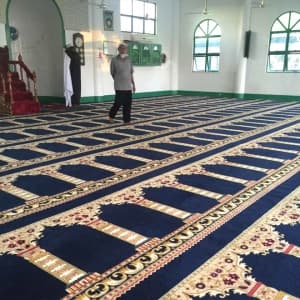
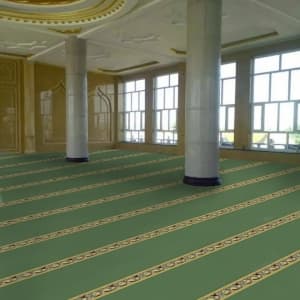
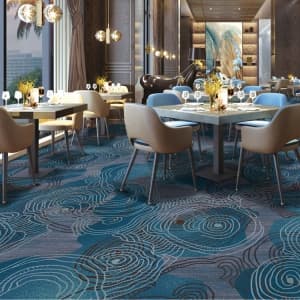
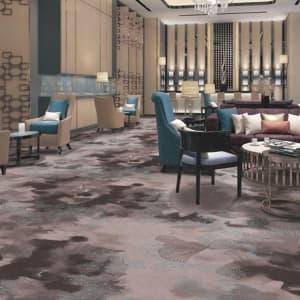
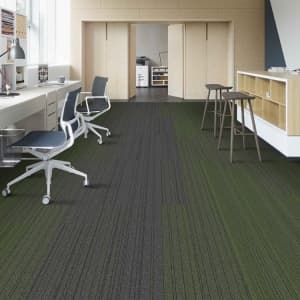
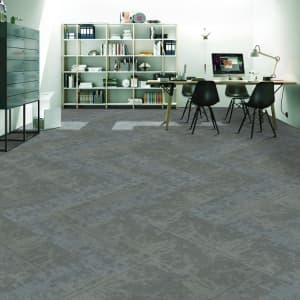
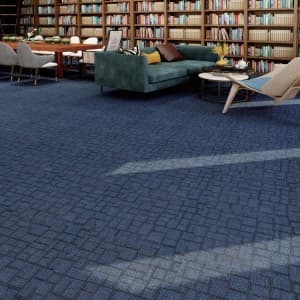

 Tel
Tel
 Email
Email
 Address
Address






